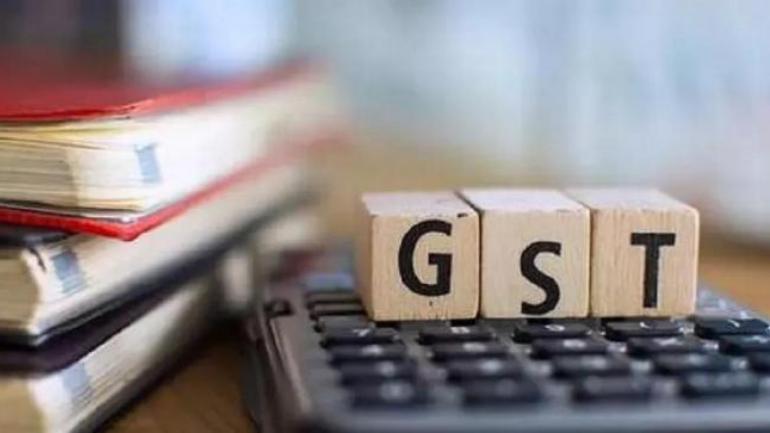2nd Highest Jump in GST Collections of Rs. 1 Lakh Crore in January 2019

GST collection reached its 2nd highest monthly collection since April when it reached Rs. 1 Lakh Crore in January 2019. It is almost 14% higher than that of January 2018 (Rs. 89,825 Crore). The GST returns increased from Rs. 94,725 Crore in December 2018 and reached Rs. 1.02 Lakh Crore in January 2018.
Collections reached this mark despite several tax rate cuts put in place. Experts assume this large hike was due to the composite scheme which removes self-policing features like matching invoices across suppliers and buyers. It integrates a technology-driven tax returns regime, one of the major advantages of GST.
Collection of GST
This was the 3rd time in the current fiscal year when GST returns filing has been increased and GST return have crossed the Rs. 1 Lakh Crore. A breakdown of the total returns shows a clearer picture.
The entire gross GST collection was Rs. 1,02,503 Crore in January 2019. Out of this total amount, Rs. 17,763 Crore is CGST and Rs. 24,826 Crore is SGST. The rest is divided amongst IGST (Integrated Goods and Services Tax) Rs. 51,225 Crore and Cess returns of Rs. 8,690 Crore.
The new unified taxation system had previously reached this benchmark in April and October. It shows the various advantages of GST. A single system simplifies the entire process and significantly reduces any chances of fraudulent activity.
How GST Helps the Indian Economy?
Goods and Services Tax is aimed to provide the Indian economy with a much-needed boost. It impacts India’s complexly inter-connected economic structures in multiple ways.
- It removed indirect taxes such as Service Tax, Value Added Tax, CST, Excise, CAD, etc. GST benefits consumers because it merges these different systems under one umbrella.
- Consolidation of indirect taxes creates a simplified tax policy that makes it significantly easy for taxpayers to comply.
- The previous tax structure often caused a cascading effect or tax-on-tax scenarios. It ultimately impacted the price of a good making it costlier for consumption. A single tax regime and fixed GST rate ensure minimum price fluctuations.
- The manufacturing sector benefits tremendously from GST. The top advantages and disadvantages of GST include a lower import cost but a higher operating cost. Although the initial expense is higher, manufacturing costs will decrease as the tax burden decreases. Expectations are that the price of consumer goods will decrease over time too. GST also provide tax credits to manufacturers to utilise afterwards.
- Less manufacturing cost is likely to influence companies to increase their production capacity and introduce new products.
- GST eliminates tax barriers like toll plazas and check-posts. Not only does this reduce the cost of transport but it also reduces the wastage of unpreserved goods on the road. It will also eliminate any requirement for large stockpiles of items and decrease warehousing costs.
- Other advantages of GST system include its regulation of cash from untaxed economic transactions.
- GST eliminates customs duties on exports. It will increase the affordability of the Indian market in other countries as it lowers the cost of a transaction.
However, there are several sectors where GST had little impact. For example, there are almost no changes in the lending market. The new taxation system has not impacted the interest rates of any kind of loan. Lenders still offer financial products with the same features and benefits and fee structure.
GST continues to assist heavily to increase the free flow of goods and services. The total January 2019 sales return of Rs. 1.02 Crore is a confirmation to that. End users benefit a lot because the overall taxes of goods and services drop sharply. What is GST contributing to make various Indian products competitive in the domestic and international market is similarly beneficial for the economy. This taxation system can help sustain growth in almost all sectors.
Akshay Sharma
Latest posts by Akshay Sharma (see all)
- Get a Personal Loan Without Salary Slip in India – A Practical Guide - July 14, 2025
- Make Raksha Bandhan Special Abroad: Send Rakhi to the UK, Canada, or Australia with Gifts - July 8, 2025
- New Country, Same Care: Start Your Nursing Journey in Germany - July 7, 2025
- YOUR NEXT VIRAL BOHO LOOK STARTS WITH GREEN KYANITE RINGS - July 2, 2025
- How to Apply for Partner Visa 801: Full Guide for 2025 - June 26, 2025
